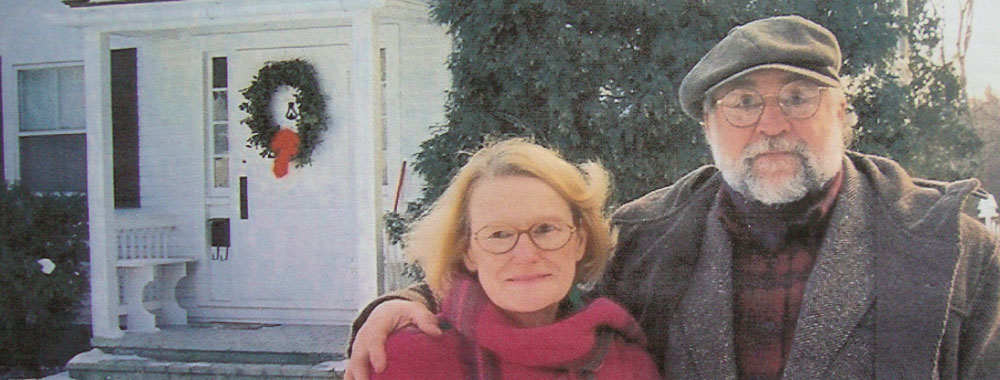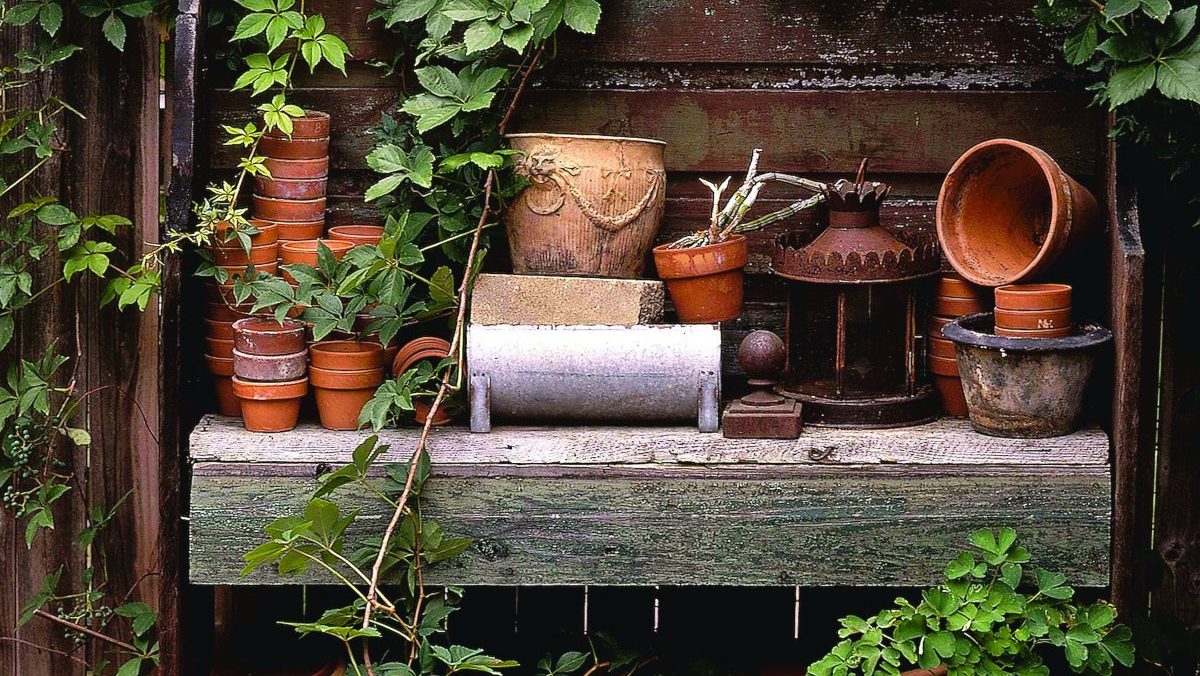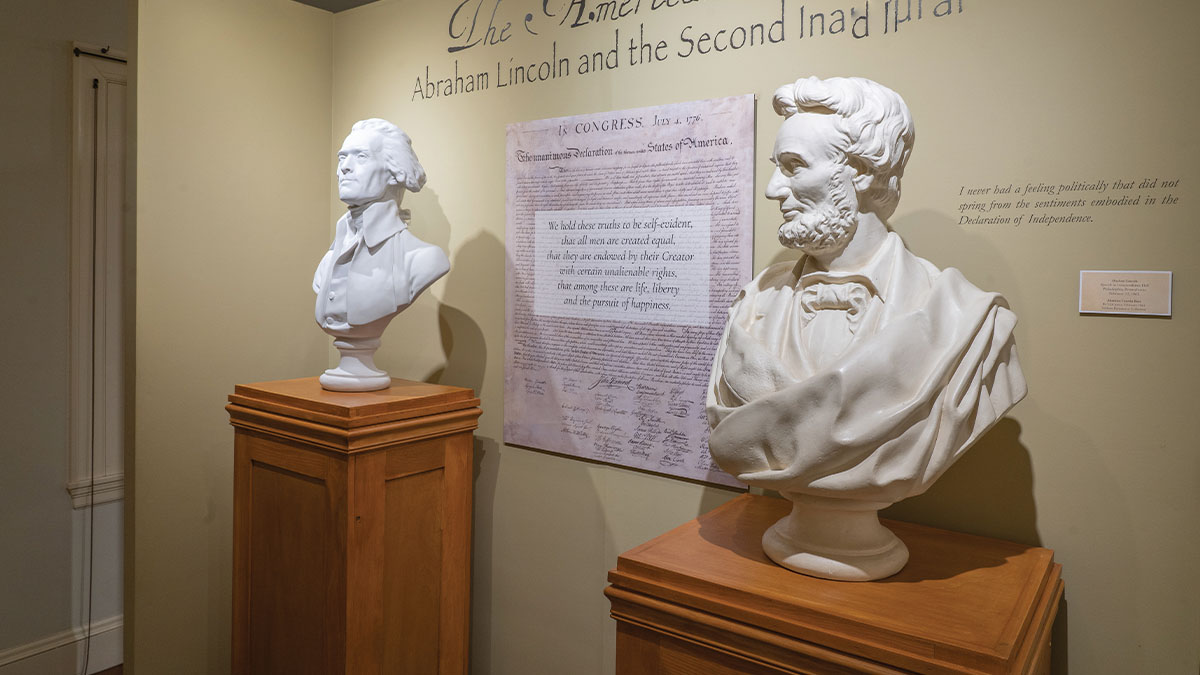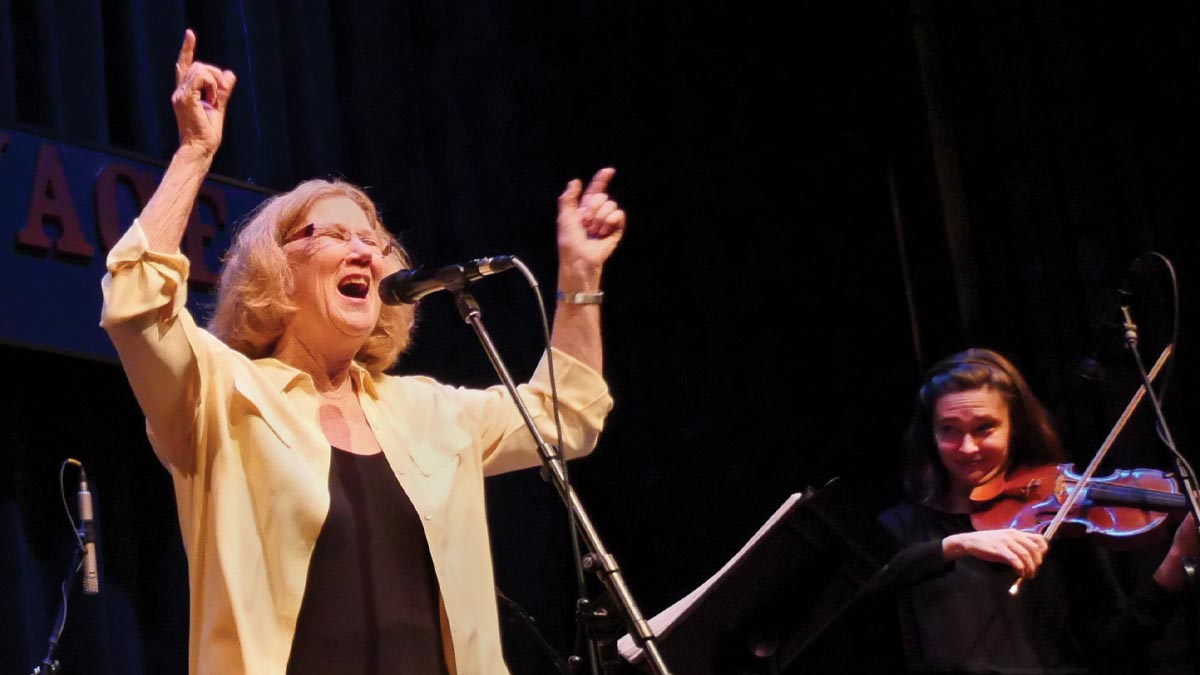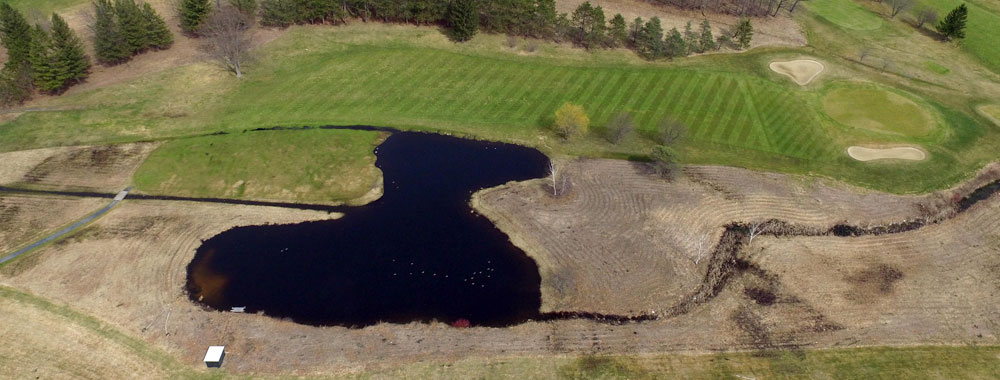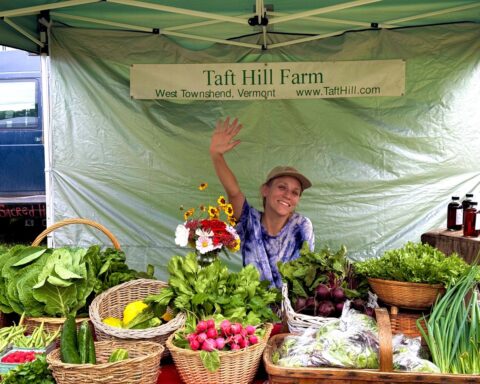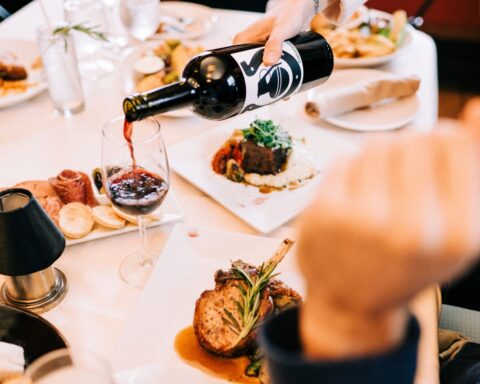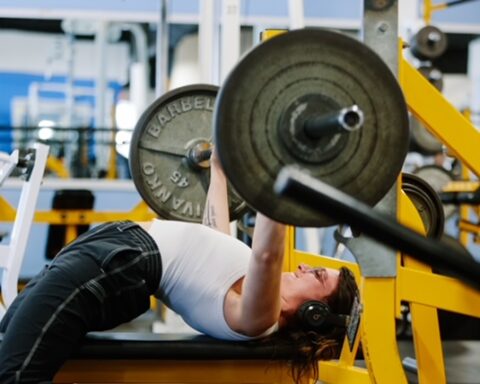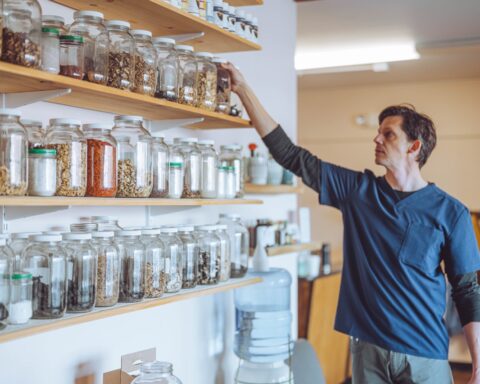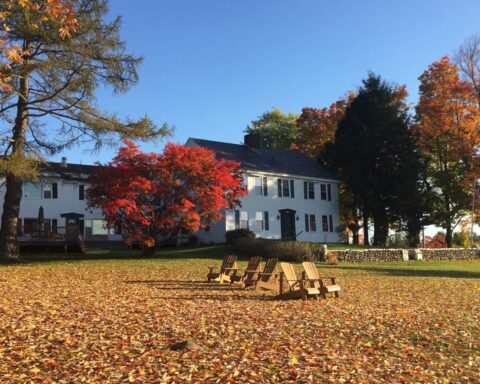Anthony ‘Tony’ Marro reflects on a career in news, life in Bennington and unexpected breakfast visitors

By Telly Halkias
When Anthony “Tony” Marro looks out from his home, the Old Bennington Schoolhouse in Bennington, Vt., he sees not only the lush green colors of the state where he grew up, but also its promise ahead. He calls himself “a child of Route 7,” having been born in Middlebury, raised in Rutland, attended college at the University of Vermont in Burlington, and who now lives in Bennington, where he splits his time between his other home in Rhode Island.
Despite the many years he spent away from Vermont as a nationally acclaimed journalist, Marro and his wife Jackie are knee deep in supporting many community endeavors in the arts, entertainment, and lately in downtown redevelopment.
Marro’s journey has been a long one, and recently he had a chance to discuss it, as well as growing up and returning to the area, with me, on behalf of UpCountry.
Describe what is was like growing up in Vermont when you did.
Essentially, I’m a child of Route 7. I was born in Middlebury, grew up in Rutland, went to college at UVM in Burlington, and now live in Bennington. I used to tell people that I had gone to college at Middlebury because my grandmother had been a cleaning woman there during WWII and she took me to work with her and let me roam through the dorms while she was cleaning them. I was two years old at the time. When my father came back from the war we moved to Rutland where I grew up in what was an Italian neighborhood, with most of the Italians, like my Marro grandparents, having come from Cervinara and other mountain villages just outside Naples.
How did you get the journalism bug?
As a kid, I was a terrible athlete. I couldn’t catch a baseball in a bushel basket. So instead of playing sports when I was in high school at Mount St. Joseph, I wrote about them for the Rutland Herald. Once I got into the newsroom, I never wanted to leave.
I learned early that readers tended to get upset about sports stories suggesting that their baseball-playing sons were less talented than Lou Gehrig, and I developed a rather thick skin at a very young age. But I liked the fact that all the angry letters complaining about sports coverage were run under a headline called SOUND AND FURY, which most of the letter writers seemed not to know was a line from Shakespeare’s “Macbeth”: “It is a tale/Told by an idiot/Full of sound and fury,/Signifying nothing.”
I was given a summer job as a reporter on the Herald’s city desk in 1963, when I was still in college, and then spent 40 more years in newsrooms, first as a reporter at the Herald, Newsday, Newsweek, and the New York Times, and then back to Newsday as Washington Bureau Chief, Managing Editor and Editor. I was the Editor of Newsday from 1986 until 2003, which was longer than anyone except for Alicia Patterson, who had owned the paper. In addition to covering state government in Montpelier and Albany, and covering county government on Long Island, I spent 10 years as a reporter in Washington, where I covered the Watergate hearings and trials.
I never did much foreign reporting and I never covered a war. But as a young reporter at the Herald I saw and wrote about [Vermonters] who had been killed in car accidents, burned in house fires, died in plane crashes, drowned in mountain ponds, fallen from tall buildings and been crushed by large objects. On one frigid winter’s morning I went to a house fire where five totally burned bodies — mother, father, two sons and a daughter — were laid out in the snow like charred logs, along with a dog.
Until I was 20, I seldom had been on the eastern side of the Green Mountains except for a basketball game in Windsor or a football game in Brattleboro. But I got to know the whole state pretty well when I began covering state government in 1965. Back then it still had more cows than people and the economy was just starting to be transformed by the ski industry, tourism and the influx of “brain industries” like IBM. Philip Hoff had been elected in 1962 as the first Democratic governor since the Civil War, but it was still an overwhelmingly Republican state and the idea that a socialist Jewish carpenter from Brooklyn could be elected a U.S. Senator was unthinkable at the time. The state was whiter than Sweden, had very few ethnic restaurants, and the Vermont Life Cookbook that was published in 1965 didn’t have a single recipe in it that used garlic.
I tried to capture the essence of that world in a book that I co-authored about Vermont in the 1960s called “Philip Hoff: How Red Turned to Blue in the Green Mountain State.” The book got good reviews and went into a second printing, but for it to have been a best seller every adult in the state would have had to have bought three copies.
Now, I understand your wife Jackie is also a Route 7 native?
I married Jacqueline Cleary on June 5, 1965, so we’ll have been married 52 years in June. We first met early one morning it the cafeteria at UVM where she was making toast for the breakfast shift and I was washing dishes. [Our] daughter, Alexandria Cleary Marro, is known as Xander. She graduated from Brown in 1998 and has been in Providence ever since, where she’s an accomplished artist and also as the co-founder of a feminist arts collective.
Jackie grew up in Bennington, first on Gage Street and then up on Woodford Mountain, near the entrance to the Prospect Ski Area. Her main Christmas present back then was a season pass to Prospect, where she kept warm by skiing in a raccoon coat. Back when Nixon was president and we were living in New York City, we bought what had been the Old Bennington Schoolhouse from T. Garry Buckley and used it as a weekend place. It cost us $19,000, which seemed like a huge amount of money at the time. When we got ready to retire, we put an addition on it so that we’d have a second bedroom and a large combination family room and kitchen.
We like the many cultural offerings of the area, including the Bennington Museum, Oldcastle Theatre Company, Mass MoCA, the Williamstown Theater [Festival], and the Clark. We like the fact that there’s a very good medical center just a mile from our house.
You had quite an extensive career in national journalism; describe some of the highlights.
When I was at Newsday, I worked on reporting teams that won Pulitzer Prizes for public service in 1970 and 1974. The first was for reporting on political corruption on Long Island and the second was for reporting about heroin traffic from Turkey to Long Island. Newsday won three more Pulitzers while I was managing editor and another nine while I was editor. During the whole decade of the ‘90s, the only papers that won more Pulitzers than Newsday were the New York Times and the Washington Post. Back then, excluding the three national newspapers, the New York Times, Wall Street Journal and U.S.A. Today, we were the fifth biggest metropolitan paper in the country and had more than 750 people in the newsroom.
Since coming home to Bennington, you and your wife have become community mainstays.
We think Bennington has much going for it, including the colleges, an excellent golf course, good hiking trails, easy access to ski resorts, a free medical clinic for those who need it, a good farmers market, many cultural and historical venues, and a first-rate medical center. It has good restaurants. Allegro and Bennington Station are our personal favorites, although I also enjoy the 1950s-style diner offerings of the Blue Benn. It needs more good-paying jobs and a revitalized downtown. We think the latter would have happened long ago if the State Office Building had been located in downtown rather than at the far end of North Street, but that, in our view, is a mistake that we’ll just have to live with and overcome. We also think there should be fluoride in the water, but we’re in the minority on that.
Jackie is very involved with the Bennington Historical Society, and films most of their monthly lectures programs for CAT-TV, the local public access station. Both of us have been involved with the Bennington Museum since we moved here, with our main involvement being with the creation of the George Aiken Wildflower Trail in the pine grove next to the museum, which is a project that’s been done entirely by volunteers.
Before he was a two-term governor and a six-term U.S. senator, Aiken had a nursery in Putney that specialized in fruits, berries and wildflowers. He wrote a book in 1933 called “Pioneering With Wildflowers.” The goal for the Aiken Wildflower Trail is to establish a major free public garden in Bennington featuring most of the native wildflowers and ferns that Aiken grew and urged others to grow.
I’m also on the board of Oldcastle Theatre, where I’m involved in the process of helping it expand from an Actors Equity theater staging five plays a year into more of a community cultural center that also will have films, concerts, lectures, acting classes, possibly community, children’s, and cabaret theater, and also an art gallery.
Recently we learned that you and Jackie are one of the few private citizen investors in the newly-announced Putman Block downtown redevelopment.
Jackie and I decided to become involved in the Putnam Block project because we could afford to and because we think it’s the last best hope of revitalizing downtown. Bennington is where Jackie now has her retirement business, The Dollhouse and Toy Museum of Vermont, which includes Vermont MoMA, the Vermont Museum of Miniature Art, and is where we expect to spend our retirement. We’re not planning on going to Florida, so we’re interested in seeing Bennington become an even better place to live. The Bank of Bennington, Bennington College, Southern Vermont College and the medical center are far more important to the project than we are, but we’re happy to be involved in a modest way.
While you are still going back and forth to your second home in Rhode Island, you have stated that when the time comes, Bennington will be your final home. Describe what it’s been like for you to come home this past decade or so.
I’m a ninth generation Vermonter on my mother’s side. That side of the family included two governors of the Massachusetts Bay Colony; America’s first published woman author, Anne Bradstreet; a young man who was whipped on Boston Common for what seems to have been statuary rape; and Susannah North Martin, who in 1692, was hanged as a witch.
She wasn’t a witch, of course. She was a Christian, albeit a rather crotchety one. But the family tree mostly is made up of more recent immigrants: French Canadians, Slovaks, and Italians. For a long time, native Vermonters were wary of immigrants and Catholics, which both Jackie’s family, which was Irish and Polish, and mine were. But that’s changed dramatically in our lifetime. At bottom, the spirit of Vermont is that people here — as the old cliché has it — will tolerate people very different from themselves so long as they “pay their taxes and keep their fences up.”
Finally, you live in a very historic building, the Old Bennington Schoolhouse. What has it been like living in a landmark?
At the start, we did little renovation. We liked the idea of a large open room. We turned the stage into a bedroom and knocked out the walls between the boys’ room and girls’ room to make for single bathroom. Right after we bought it, they began a major renovation of St. Francis de Sales Church, and replaced all the heavy wooden Victorian-era pews with modern ones. They put the old pews out in the parking lot and sold the large ones for $15 and the smaller ones for $10. We bought two of the large ones and four of the small ones and used them for seating. We installed one of the very first Vermont Castings wood stoves, put a bell back in the bell tower, and for decorations did tombstone rubbings from the Old First Church cemetery and put them on the walls. Back then you could still do tombstone rubbings, which later became outlawed.
We like living in a historic district. We like having Mount Anthony in our backyard even though the deer that came down from it used our garden as a salad bar. We like being able to look out the windows at the Old First Church, especially when it was lighted at night, and we like being able to see the Battle Monument from our yard. But we found that we had to begin locking the front door because tourists kept wandering in, thinking it was a part of the Old Bennington history tour. Sometimes whole families would come trooping in while we were having breakfast!
